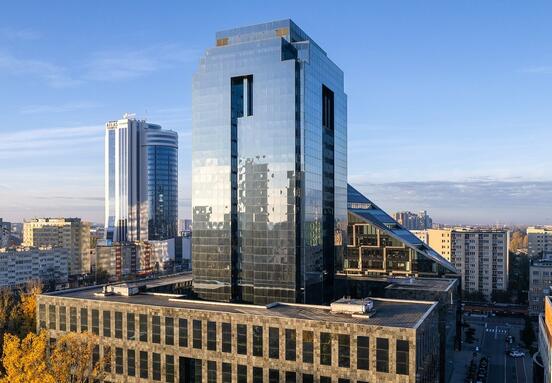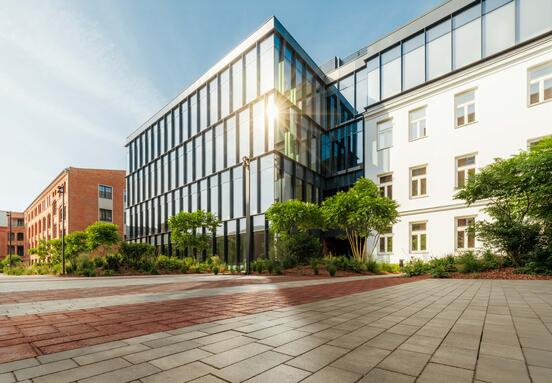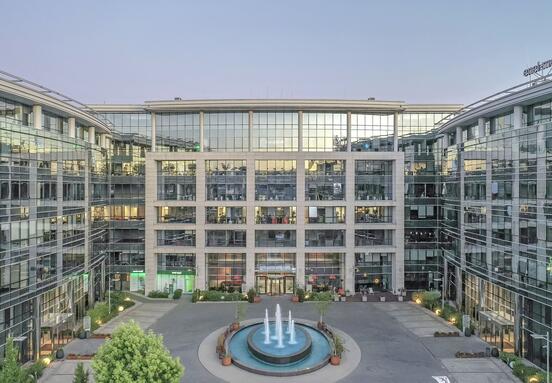Warsaw vs. regional cities – different demand dynamics
Demand trends vary between Warsaw and Poland’s key regional markets. The capital saw more than 160,000 sqm of leased office space in Q1, largely driven by new lease agreements. In contrast, regional markets such as Kraków, Wrocław, the Tricity and Poznań recorded nearly 180,000 sqm of leasing volume, with over half stemming from lease renegotiations. This suggests that while companies remain active, many choose to stay in their current locations, focusing on optimizing lease conditions rather than relocating.
What attracts tenants? Quality, location, connectivity
Tenants continue to prioritize modern buildings in well-connected, central locations. According to Mateusz Strzelecki of Walter Herz, most leasing activity in Warsaw was concentrated in the Central Business District (CBD), confirming that building standard, accessibility and public transport links remain crucial in selecting office space. In addition, financial terms – rent levels and operational costs – play a key role in decision-making.
New supply at a two-decade low
Despite strong demand, new supply remains severely limited. Q1 2025 marked the lowest volume of newly delivered office space in over 20 years. Only two projects were completed – one in Warsaw and one in Poznań. In total, Warsaw’s office stock is expected to grow by around 135,000 sqm this year, but part of that increase will be offset by the withdrawal of outdated, inefficient buildings from the market.
Major projects currently under construction
There is still notable construction activity in Warsaw, with around 210,000 sqm of new office space underway. Key developments include The Bridge (51,400 sqm) and Office House (31,100 sqm), both scheduled for completion in 2025. Regional markets are also active – Kraków leads with 86,000 sqm under construction, followed by Wrocław with 27,000 sqm. Demand remains strong in these cities: Kraków recorded approx. 57,000 sqm of leased space in Q1, and Wrocław followed with 44,000 sqm.
Rental levels and vacancy trends – stability with local challenges
Rental rates remain stable across Polish office markets. In central Warsaw, prime rents range from €18 to €27/sqm/month, while non-central locations offer space at €10 to €17. In regional cities, rents typically fall between €9 and €19.5/sqm/month, depending on building class and location.
Vacancy levels paint a mixed picture. In Warsaw, the average vacancy rate is just over 10%, showing a downward trend. The CBD maintains a healthy 7% vacancy, while outlying districts such as Służewiec exceed 20%. In regional cities, the average vacancy rate stands at 17%, with diverging trends – Kraków and Katowice are seeing a decrease in vacancies, while Wrocław and Poznań report increases.
Outlook – will investors return to the market?
Looking ahead, market sentiment could shift positively. Analysts point to potential interest rate cuts, improved financing conditions and continued interest from foreign investors in high-quality Polish assets as drivers that could trigger a new investment wave. Poland remains a strategic destination for occupiers and investors seeking quality office space in the CEE region.
Source: europaproperty.com








